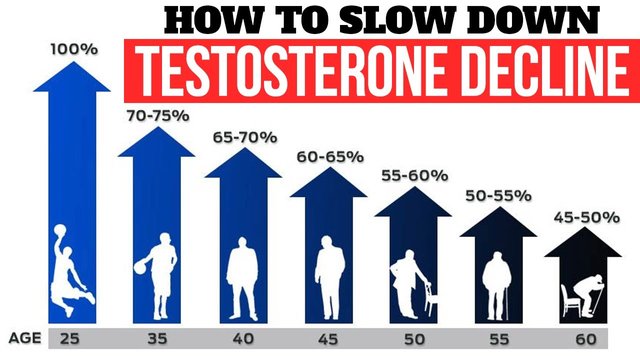High levels of testosterone but experience symptoms of low testosterone? What factors can contribute to this?

Yes, someone can have high total testosterone levels but still experience symptoms of low testosterone, a condition sometimes referred to as relative androgen deficiency (RAD) or functional hypogonadism.
Understanding Testosterone:
There are two main ways to measure testosterone in the blood:
Total Testosterone:
- This measures all testosterone circulating in the blood, including bound and free testosterone.
Free Testosterone: - This measures only the unbound or "active" testosterone available to bind to cells and exert its effects.
The Key is Free Testosterone:
While total testosterone levels might be high, the amount of free testosterone available for cellular activity could be low. This can be due to several factors:
Sex Hormone Binding Globulin (SHBG): - SHBG is a protein in the blood that binds to testosterone, rendering it inactive. High SHBG levels can lead to high total testosterone readings but less free testosterone available.
Age: - As men age, SHBG levels naturally decrease, but testosterone production also declines. This can create a situation where total testosterone might appear high due to less binding, but free testosterone is still low due to reduced production.
Certain Medications: - Some medications can interfere with testosterone metabolism or decrease its bioavailability.
Obesity: - Excess body fat can convert testosterone into estrogen, leading to lower levels of free testosterone.
Symptoms of RAD despite High Total Testosterone:
Even with high total testosterone readings, someone with low free testosterone can experience symptoms like: - Low libido
- Erectile dysfunction
- Fatigue
- Decreased muscle mass
- Increased body fat
- Difficulty concentrating
- Mood changes
Diagnosing RAD:
A doctor will consider various factors to diagnose RAD: - Symptoms
- Medical history
- Physical examination
- Blood tests for total and free testosterone, SHBG, and other hormones.
Treatment:
Treatment for RAD depends on the underlying cause and might involve:
Lifestyle changes: - Weight loss, exercise, and stress management can improve testosterone levels.
Testosterone replacement therapy (TRT): - This might be prescribed in some cases to increase free testosterone levels. However, TRT comes with its own risks and side effects, so careful monitoring by a doctor is crucial.
Note: - Early diagnosis and proper management can help improve symptoms and overall well-being.